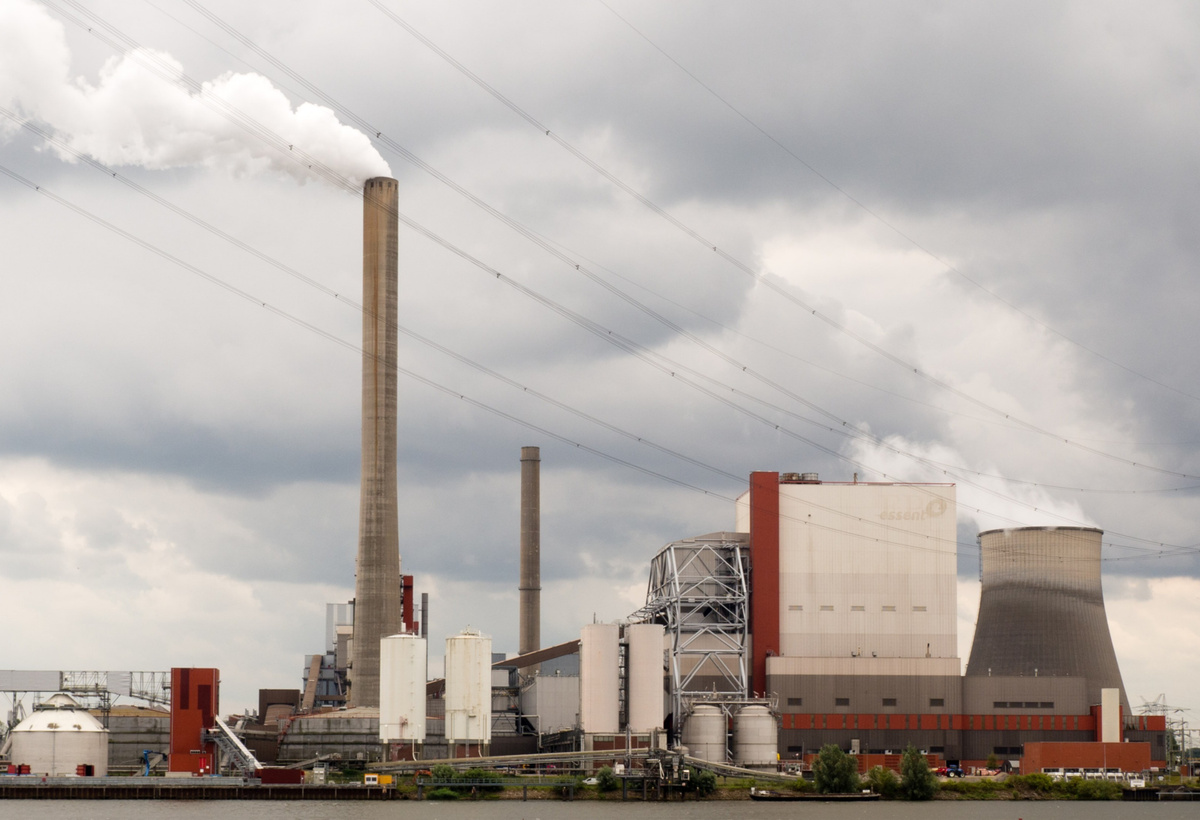
Background
A thermosyphon uses the latent heat of vaporization rather than a temperature gradient for heat transfer. Power plants don?t require a large body of water for cooling and consume little to no water for operation, significantly enhancing US electricity potential. Thermal resistance for heat transfer can be reduced, the condensate will be stored and used for subsequent evaporative cooling using commercially available technologies.
Technology
The evaporator and condenser are arranged so that the vapor and liquid flows are co-current. The device performance is enhanced by removing the flooding limit while having a thinner evaporating film. Working fluid delivered to the top of the evaporator is actively metered by a pump and control system to ensure that only a liquid film exists on the walls. Traditional liquid pool and limiting issues are no longer involved. Cooling is stored as liquid water, rather than a thermal mass held at a cooler temperature than the ambient, causing the storage time to be indefinite and heat leakage no longer being an issue.
Advantages
The proposed technology will be developed in stand-alone modules that can be added or removed to increase or decrease capacity, if a single module fails the system will still operate.
Application
Using a thermosyphon to move heat from the flue gas to the ambient with no additional refrigeration system.
Inventors
Jon Longtin, Associate Professor, Mechanical Engineering
Licensing Potential
Development partner - Commercial partner - Licensing
Licensing Status
Available for license. Stony Brook University seeks to develop and commercialize, by an exclusive or non-exclusive license agreement and/or sponsored research, with a company active in the area.
Licensing Contact
Donna Tumminello, Assistant Director, Intellectual Property Partners, donna.tumminello@stonybrook.edu, 6316324163
Patent Status
Patent application submitted
US Provisional Filed
Tech Id
8798
